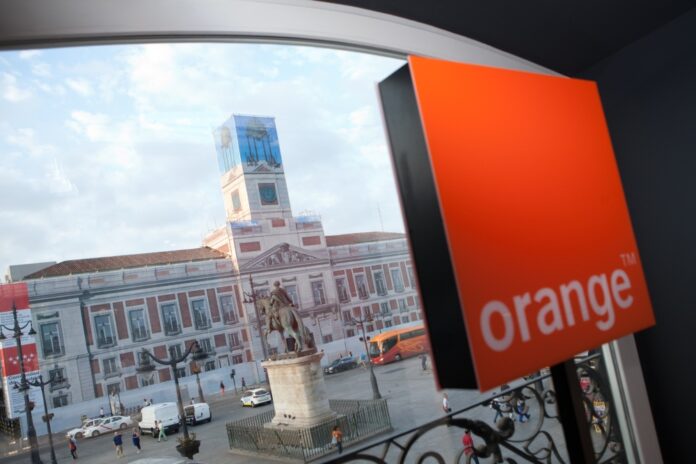New 5G SAs are all Gaudís – outstanding architecture
Spanish operator Orange ended the first quarter of the year with a total of 1.11 million 5G subscribers after adding 228,000 in the period, the telco said in a release. Now Orange Spain’s 5G network infrastructure reaches 60.4% of the Spanish population, broadcasting from 881 municipalities across 38 provinces. But by the end of 2022 it plans to broadcast 5G signals in 1,500 locations. At one minute past midnight on January 1st 2023, the network will have expanded. the extent that Spanish revellers will be sending un feliz año nuevo themed rich media messages from 1,500 5G localities.
Orange future
In April Mobile Europe reported that Orange Group has ambitions for Spain, which is its second biggest market. Orange Spain had just confirmed its intention to be the major partner in the future merger with MásMóvil. Speaking at an event organized by El Español, Orange Group CEO Jean-Francoise Fallacher said Orange is not leaving a market where it is the second largest operator and wants to be the main player. At the time Orange Spain offered 5G technology via the 700 MHz band in 241 municipalities. It had initially, in September 2020, launched 5G through spectrum in the 3.6-3.8 MHz band using a 4G-5G blend, but now it is picking up the pace with what’s known in 5G building as a Gaudí – i.e. an ‘outstanding’ architecture.
MIMO supremo
At first it used Ericsson’s 5G Radio Access Network (RAN) and core products and solutions in Madrid and Barcelona. The operations on the 3.6 GHz spectrum, which are best suited to the dense urban areas of Madrid and Barcelona, are powered by the Ericsson Radio System (Baseband 6648 and AIR 6488 antenna). These use massive multiple-input multiple-output (MIMO) to increase network capacity and spectral efficiency. Orange said it would launch 5G through the standalone (SA) architecture once the Spanish government makes spectrum available in the 700 MHz band, which occurred in July 2021.
Hertz Trading
In the Hertz trading that followed, the Spanish government raised €1.1 billion in the 700 MHz spectrum auction, an expense shard equally by local operators Telefónica, Vodafone and Orange securing these key frequencies to expand 5G services.Orange secured 2×10 megahertz in the 700 MHz band, to complement the 110 megahertz in the 3.5 GHz band already owned by Orange. In February RCR Wireless reported on how Orange had used its 700 MHz band to install 5G. It said it will offer this technology progressively over the course of 2022 in more than 1,100 towns and cities, 820 of them having between 1,000 and 50,000 citizens. Also, 140 towns with fewer than 1,000 citizens, in 30 provinces will benefit from the new technology, helping to reduce the digital divide.
Spain’s outstanding architecture
Additionally, Orange said it would deploy 5G using spectrum in the 700 MHz band in 140 cities with more than 50,000 citizens.The telco also said it ended the first quarter with 10.70 million 4G subscribers, with an overall coverage of 98.5% of the country’s population. It has now added 22,000 new subscribers in the last quarter. Orange also reported that both 4G and 5G technologies currently represent 72% of the carrier’s overall subscriber base.



